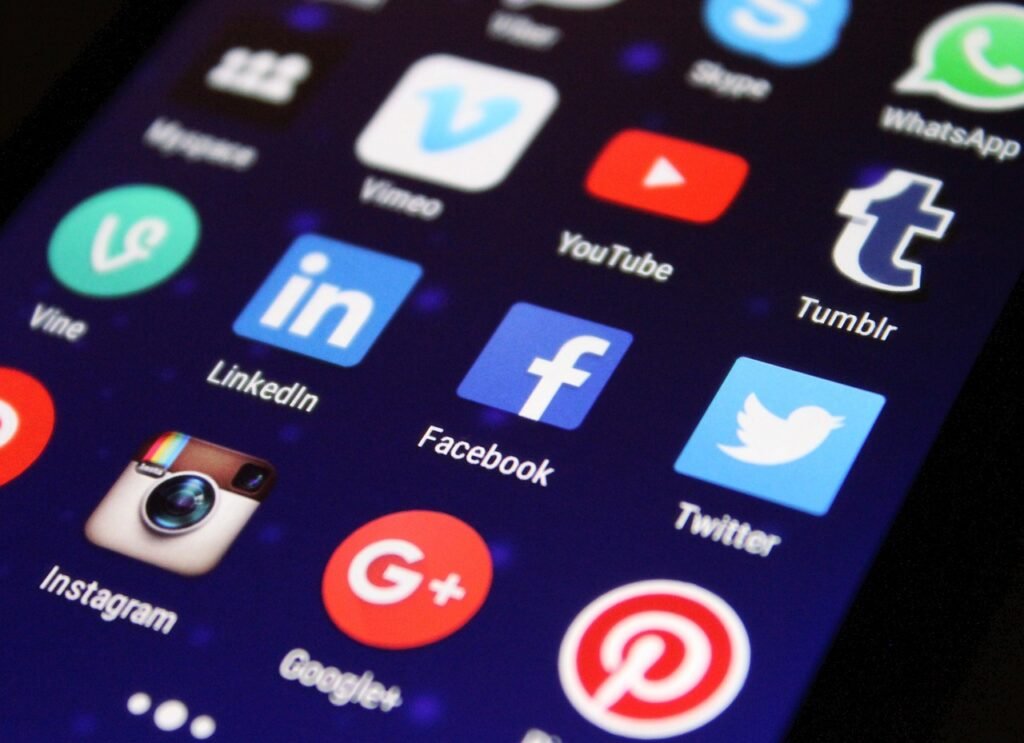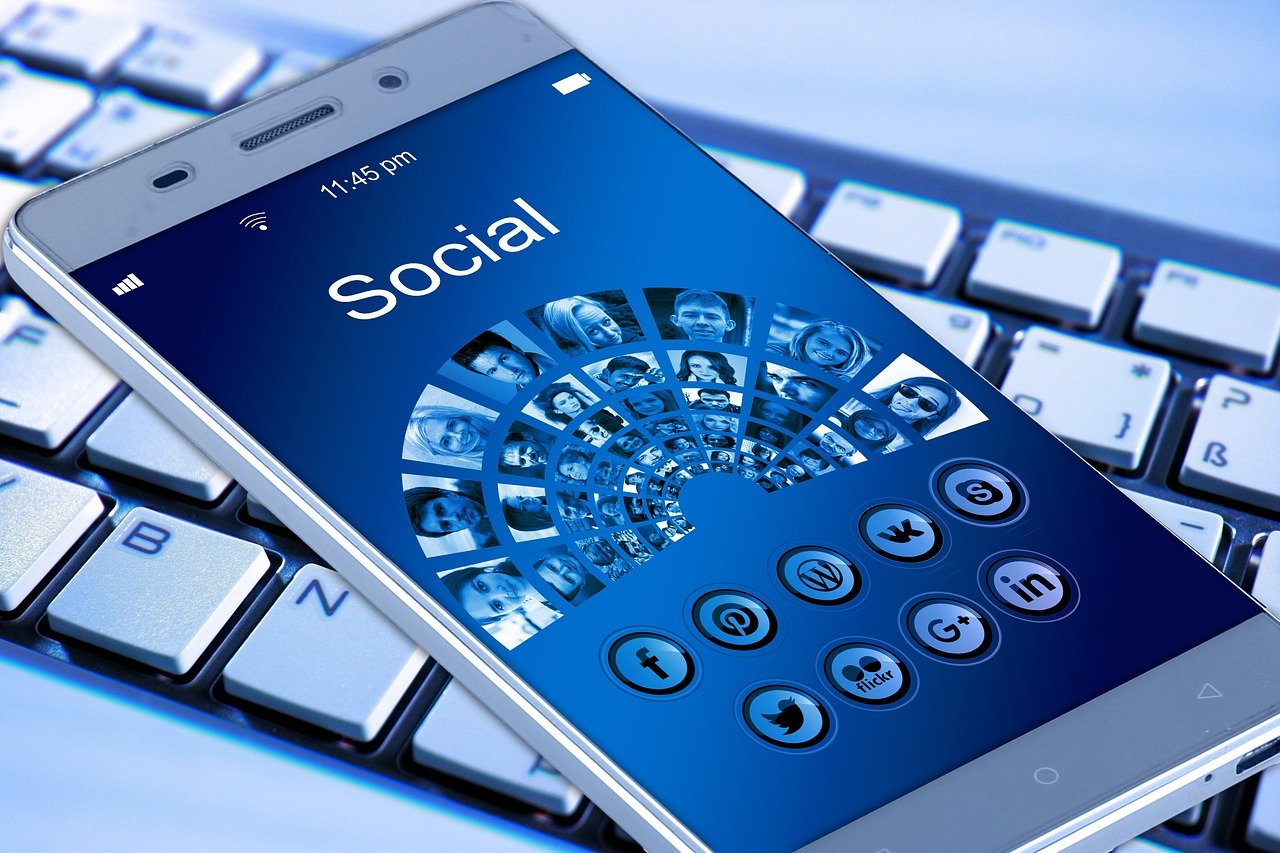While no longer the stuff of science fiction movies, artificial intelligence and machine learning are technologies that have come into being and are reshaping marketing landscapes. Unlike the earlier days where marketing automation just meant rule-based systems, AI is the major driver encouraging personalized, scalable, and efficient campaigns. AI can effectively analyze a mass of data on demand, in real time, and show marketers how to better align their initiatives with an increasingly refined and engaging customer experience.

About 90% of marketing professionals now already incorporate some AI tools into automating customer interactions, with 88% of them saying that significantly personalized customer journeys generated with such tools. As AI technology keeps pace with further developments, marketers, on the other hand, become more creative as they find new ways of optimizing more effective strategies. Here are seven strong indicators that your marketing automation is ready for a significant re-vamp.
- Predictive Analytics with Fewer Customer Segments
Perhaps one of the greatest abilities of Artificial intelligence is to tackle huge volumes of data while using them to make predictions. This is where predictive analytics comes into play. Through predictive analytics, marketers are able to predict customer behaviors much ahead in time-thereby helping them fine-tune their strategies.
AI can analyze past purchase data, for example, to understand what kinds of things the customer likes best and make an informed guess as to when he is likely to make a next purchase. Once you know the behavioral, transactional, or even other aspects of people, you can well categorize them and target them with extremely personalized offerings at the right time and right channel too.
Example of a Brand: Natural Cycles
This is a birth control application by the name of Natural Cycles which does the automation of the segmenting based on nature in which the behavior of its users is certainly improved by targeting messages and offers accordingly. Now Natural Cycles saves muscle on labor and optimizes compelling campaigns, upgraded for each mission. - Hyper-Personalized Content & Recommendations
Creation of content with AI-powered tools is massive as one marketer can execute scaled-up, personalized content. Platforms like ChatGPT, Claude, Perplexity, Midjourney can help in everything from words to images down to video on some valid prompts to make sure contents will resonate well with a given audience.
Moreover, creating real-time dynamic content through AI, putting Internet people as defining descriptors, creates a lot of relevance for better personalization than other methods and tool sets.
Brand Example: Spotify
Spotify uses AI technology to customize highly personalized playlists and music suggestions based on the listening behavior of users. For its premium subscribers, the company has AI DJ, which helps these users to have an enriching conversation tailored to their preferences as they engage. Therefore, these new developments in MLE makes the users stick to them and, thereby, leads to an increase in subscription percentages with the service. - AI Chatbots/Conversational AI
The AI chatbot has significantly changed and made customer services different for them to deliver them real-time personalized interactions. These bots are set up using sophisticated NLP to capture highly complex things that a person has asked and interpret intentions plus also tone from the user in order to be able to provide some of the responses accordingly.
AI chatbots additionally provide day and night care for those who require far little human intervention when it comes to handling problems. This increases efficiency by allowing resources to be robbed from more serious tasks.
Brand Example: Lemonade Insurance
Lemonade’s chatbot, Maya, guides clients through the insurance procurement process. You can get a quote, and within minutes, buy a policy and even submit a claim. Thanks to the learning properties of AI, it keeps learning and improving its relevance to the user by providing accurate help. That has allowed Lemonade to meet a big portion of its needs when it comes to providing its customers with service. - Supercharged Campaign Optimization and Improved Performance Management Such AI tools can transcendably revolutionize the way brands track the performance metrics of campaigns. That is because through real-time monitoring of data, it mulls over which channels, strategies, and creatives work like fireworks.
Such deeper knowledge holds substantial importance: most brands use this data to take data-driven decisions, tweak campaigns as they run statistics, change things quickly to get better figures. These may even be automated optimization processes driven by some platforms geared towards engagement, clicKthrough rates, and convergence.
Case Example: North Face
The North Face employed AI-powered tools such as Google Analytics 360 to gain insight into customer search behavior. They identified a trending search term-“midi parka”-and developed their own product relevant to the term. In fact, they saw an increase in conversion rates and revenue performance by as much as three times. - Lead Scoring and Increased Automation in Sales These days, sales teams also get to enjoy AI-driven lead-scoring tools that prioritize leads based on the chances of conversion into a customer. AI algorithms keep track of everything from customer behavior to interactions in order to predict which leads are the most worth focusing on, giving these teams opportunity to focus more on the most precious contract opportunities.
AI even provides an incredible chance to set up lead nurturing sequences that tailor personalized campaigns to how leads engage with the brand.
Brand Example: U.S. Bank
U.S. Bank uses AI-driven scoring of leads by Einstein in Salesforce to raise the quality levels of its sales activities. In addition to helping the bank raise the number of initial sales requests by 25%, the feature increases lead conversion rates by 260%. - Visual Recognition for Social Media and E-Commerce
AI, as we all know, has given rise to the image recognition and analysis ability. Visual-enable AI incorporates the provision of certain inbuilt algorithms that support digitalization into visual recognition processes. These algorithms generally help in image recognition and content deciphering on their own based on what the image is showing.
Thus, these tools create openings to better optimize visual content in accordance with SEO and feel relevance across platforms. Typically, this creates a smoother shop-window experience: users can, for example, make visual searches or try an AR dress on themselves.
Brand Example: L’Oréal
In this case we have Beauty Genius, an AI-driven beauty assistant from L’oréal brands that uses augmented reality and computer vision to provide personalized beauty diagnostics and product recommendations, along with virtually trying on facial makeup products for a more rewarding customer experience and engagement. - Ethical considerations: Transparency in relation to AI
AI has increasingly been integrated into marketing strategies, creating new discussions in relation to data privacy and transparency issues. Businesses and Marketing departments should take great care in collecting, storing, and using customer data so as to ensure conformity with legal regulations act with respect to customer privacy.
Some transparency as to the use of AI Marketing companies should notify their customers when they are using AI in their campaigns, obliging the people to let them know that they do not want it in their data or authorize the use of their data.
Example of a Brand: O2
O2’s hilarious and entirely camp act by a robot granny named Daisy in the O2 advert has an AI-inspired approach. The Daisy machine has been designed to keep scammers busy by picking up the phone and making them think they are scamming someone-important while all actually taking place-and while all actually taking place-protecting O2 customers. This project demonstrates not only the ability of AI but, more importantly, the significance of transparency and security in applications of AI.
Wednesday’s Unique Wisdom: How You Can Incorporate the Smart Application of AI into Your Marketing
Tapping into those AI potentials to increase automation in marketing is a huge uptick, and the future it opens out for enhancing strategic thinking in your marketing department instead is incontestable. You cannot imagine forgetting customer segmentation’s improvement, refining your campaigns, or enhancing the uniqueness of consumer engagements based on the level of AI, so isn’t it beautiful, but it allows marketers to get more results in less effort.
As Artificial Intelligence would grow to prominence, so will the market entities who would make the most advantageous use of it by continuing to be ahead of others. Measure up now with AI tools in your marketing strategy for a brighter future and success that will last.

